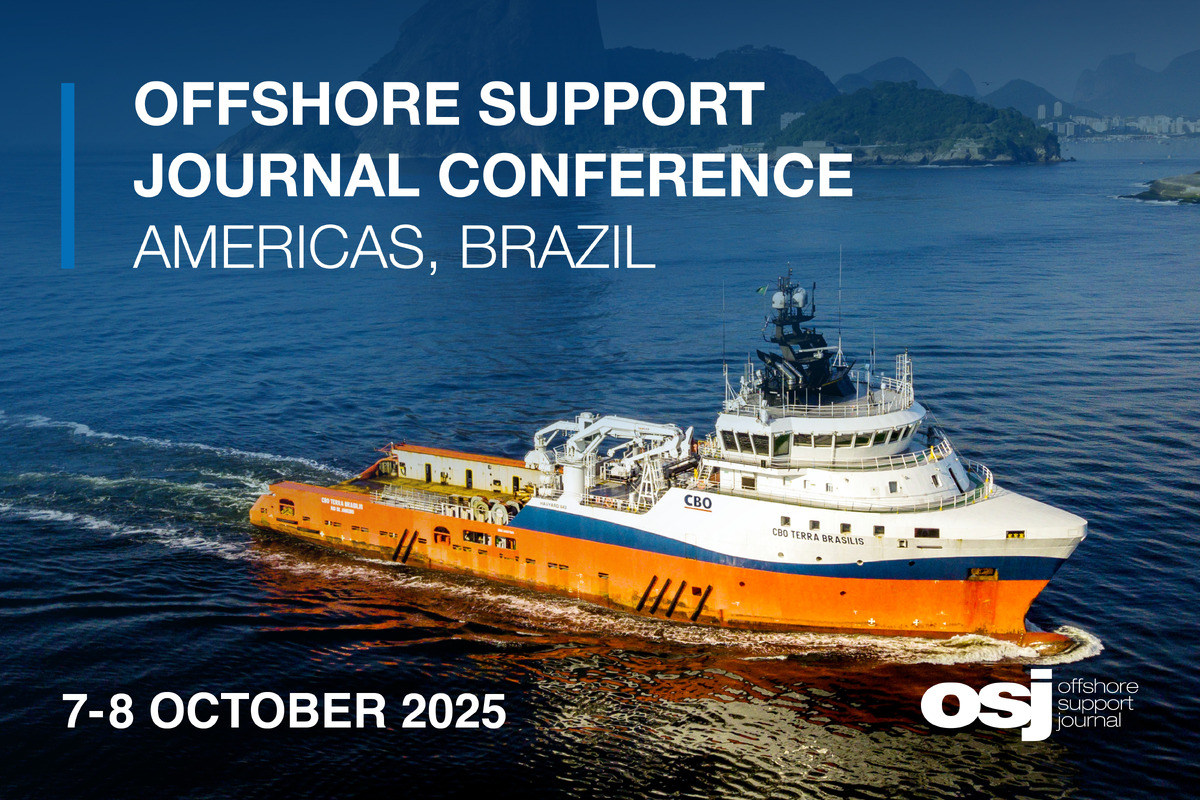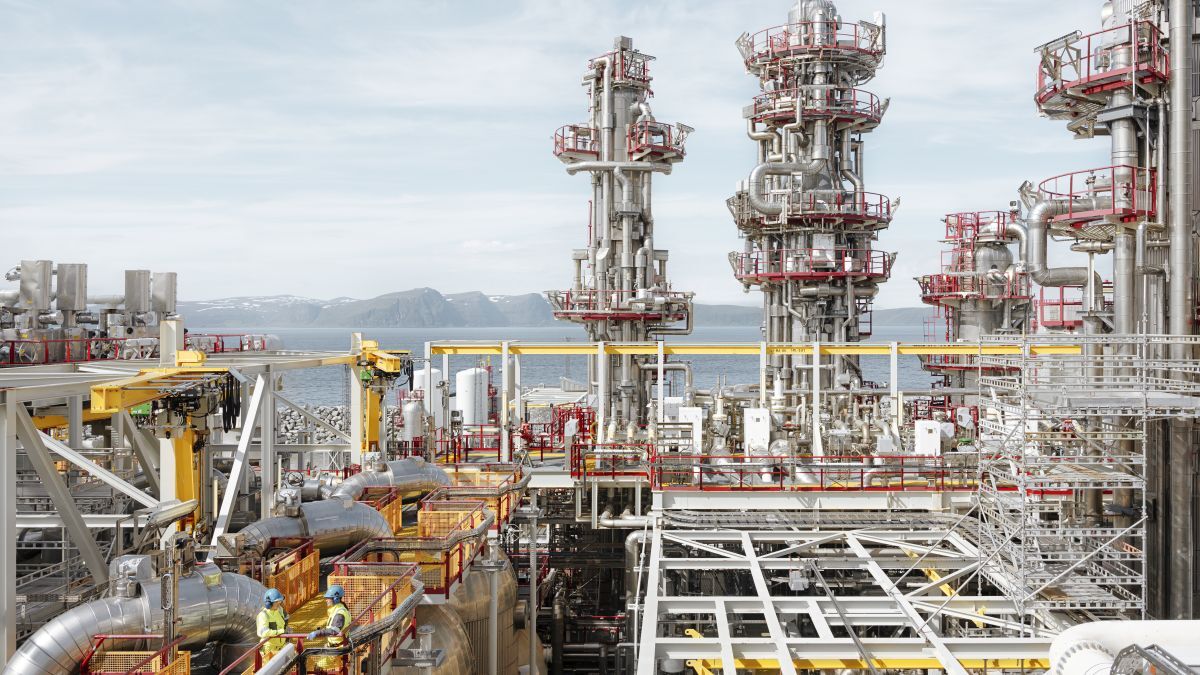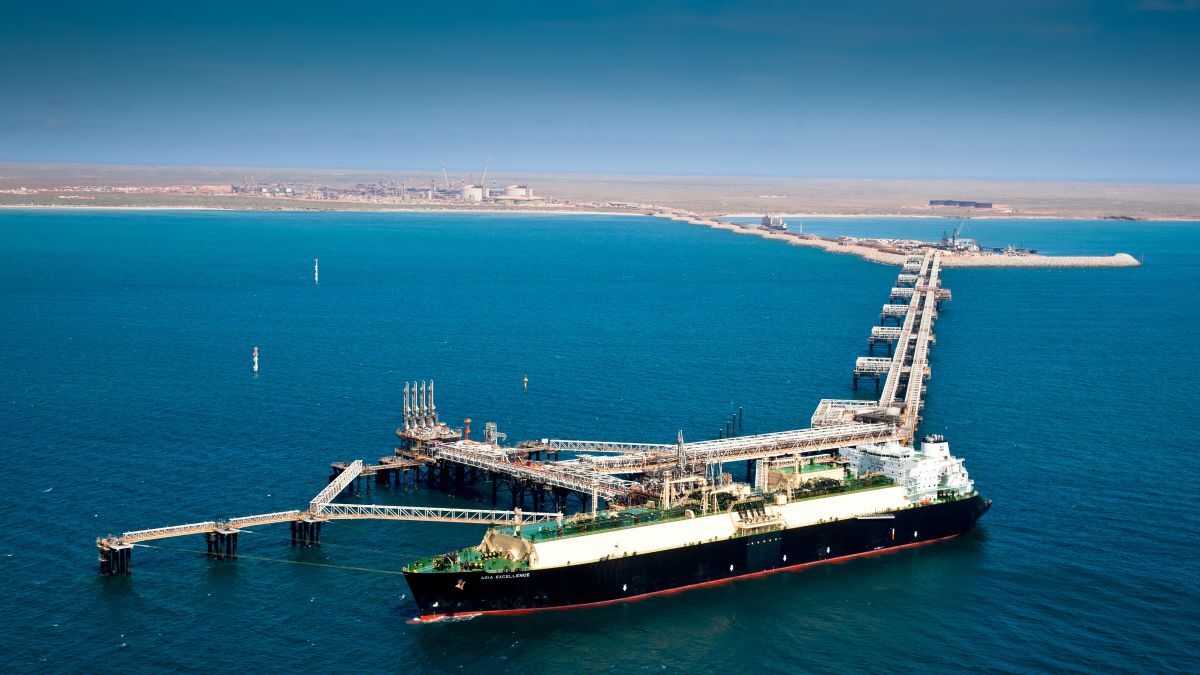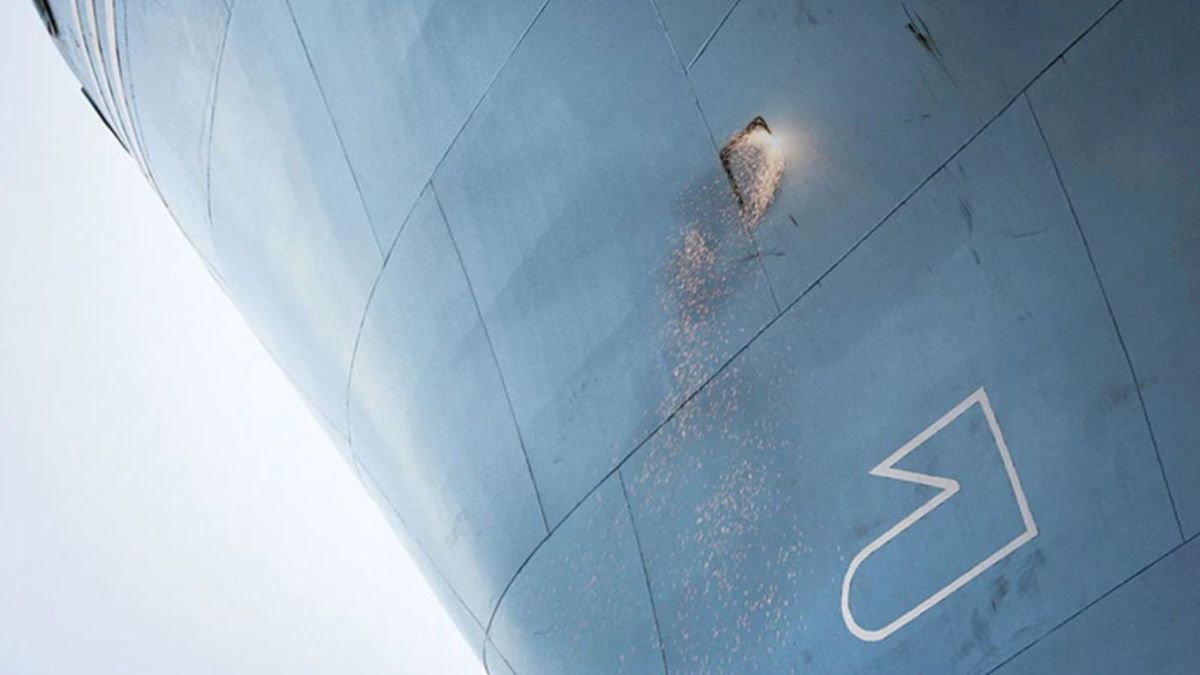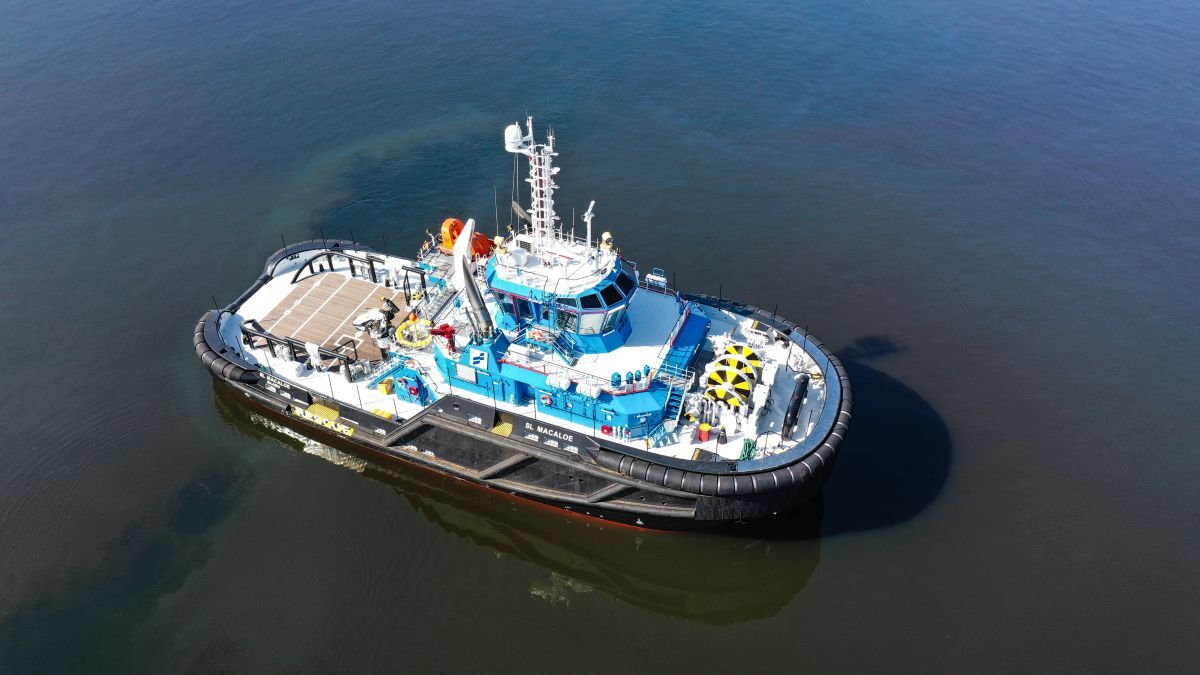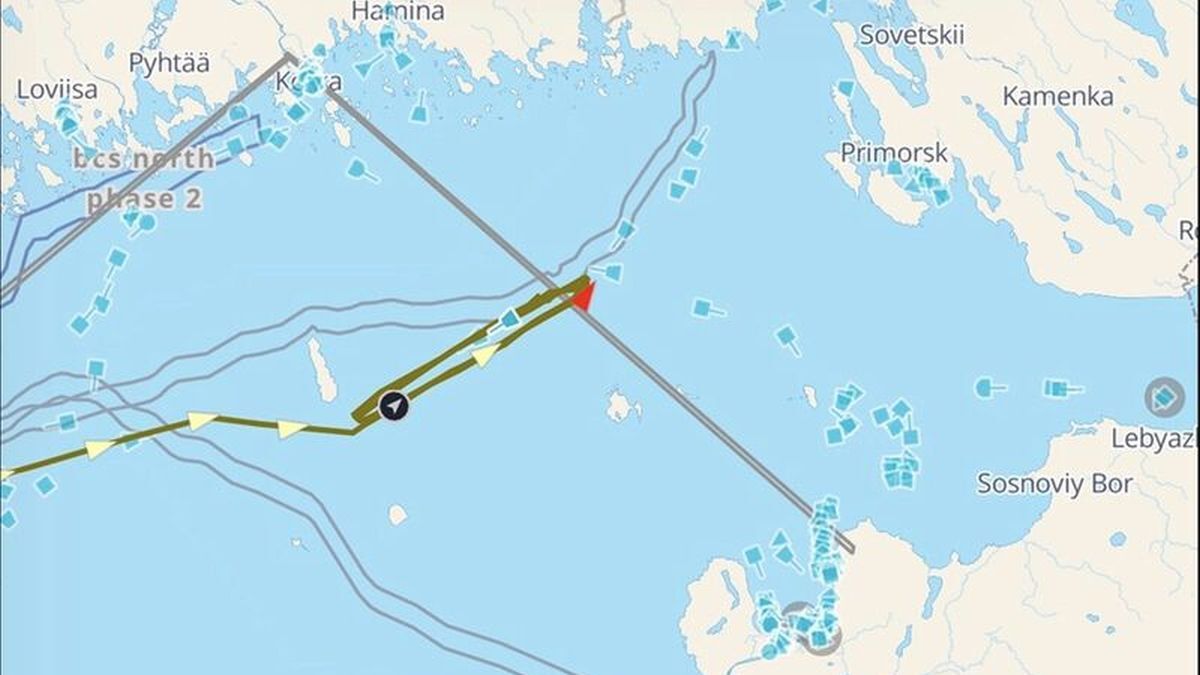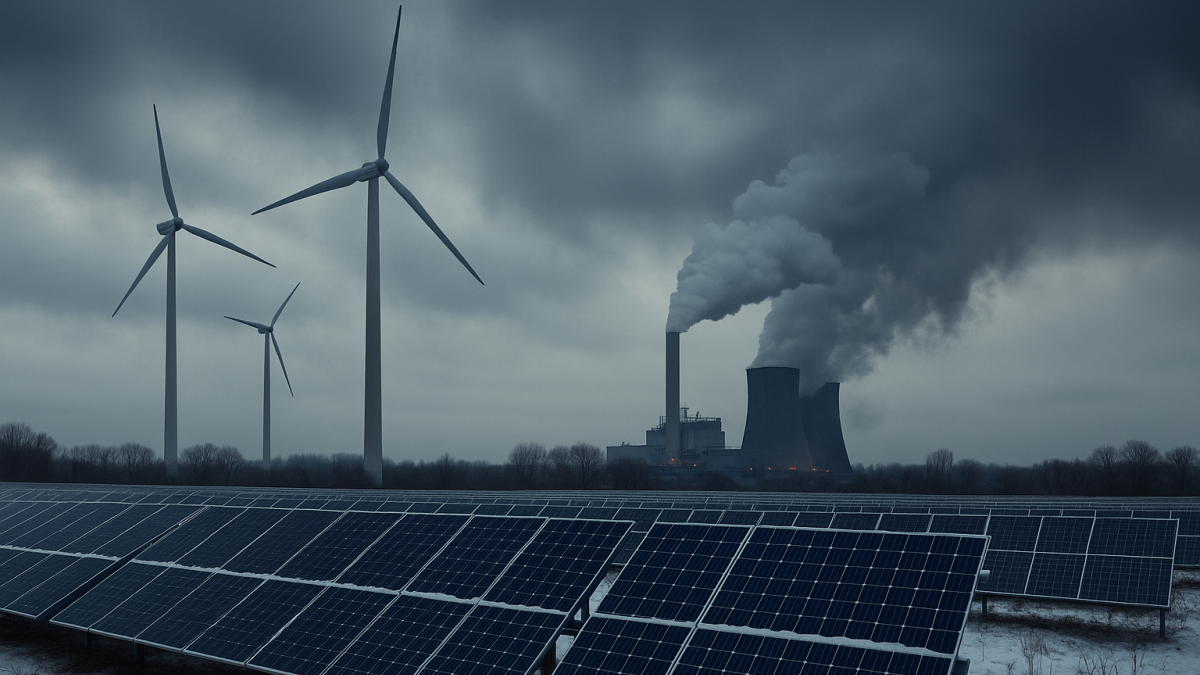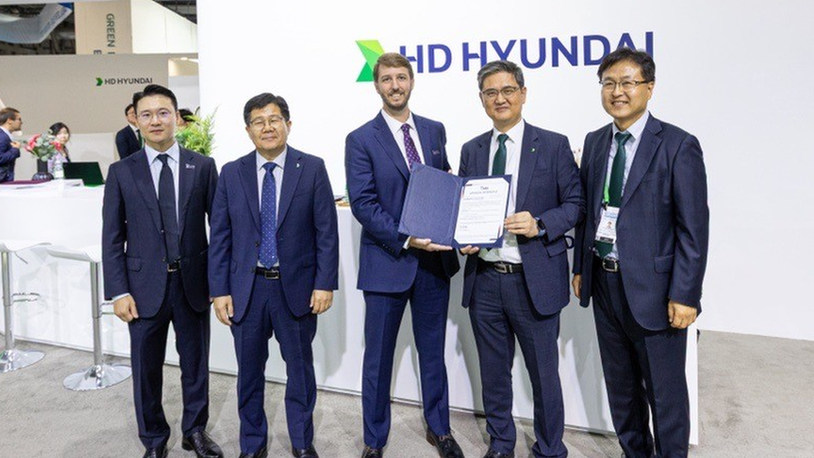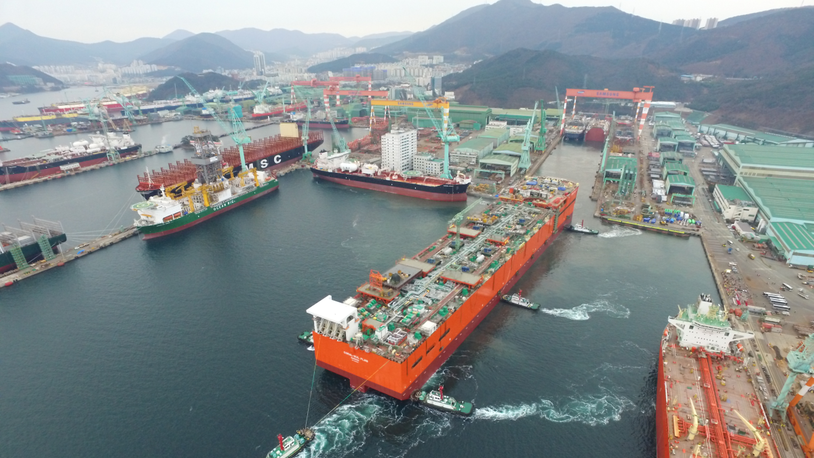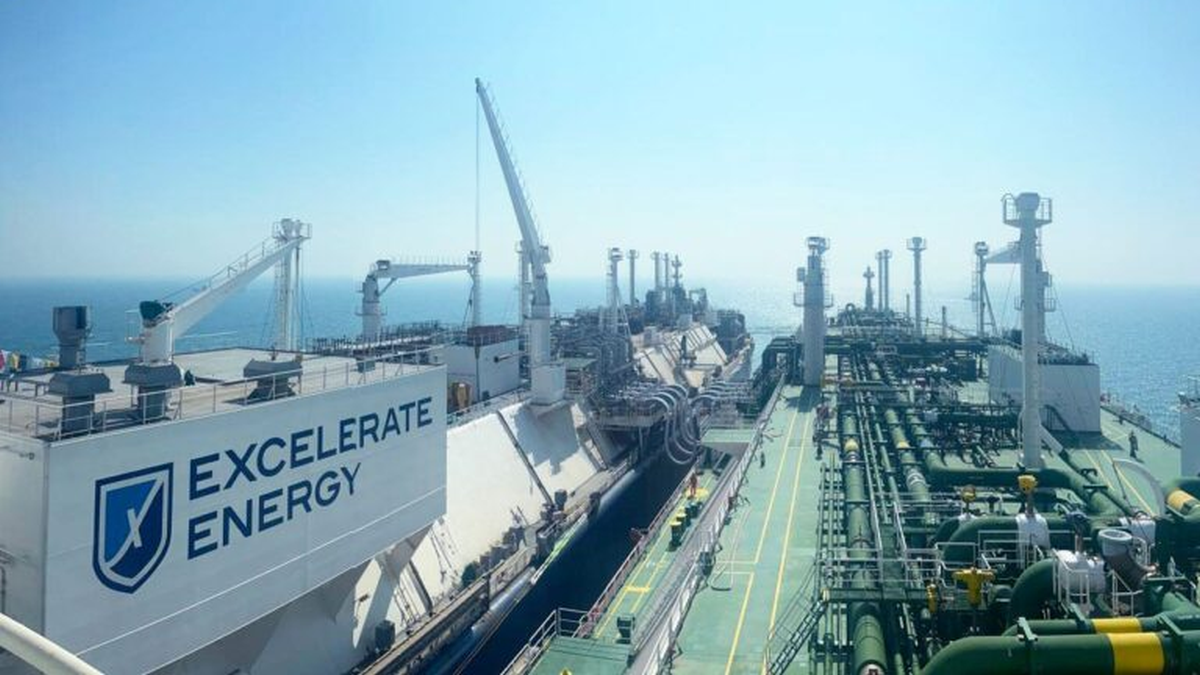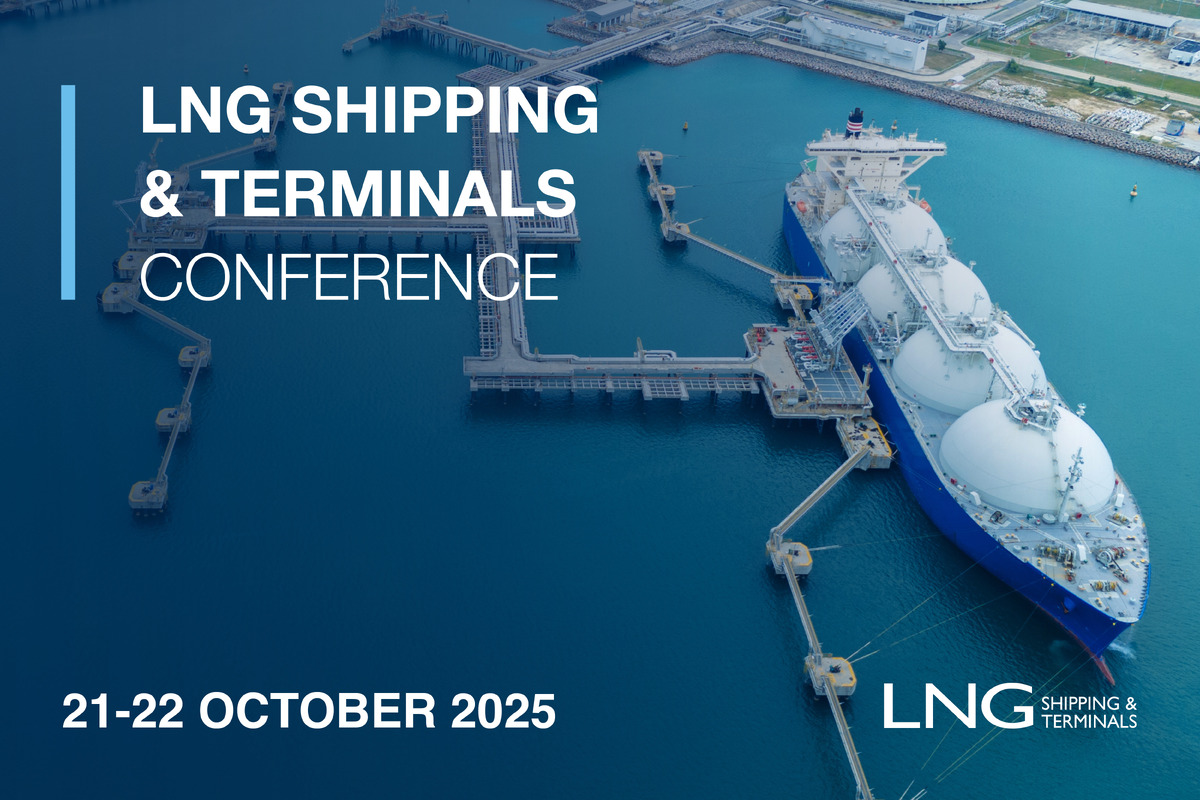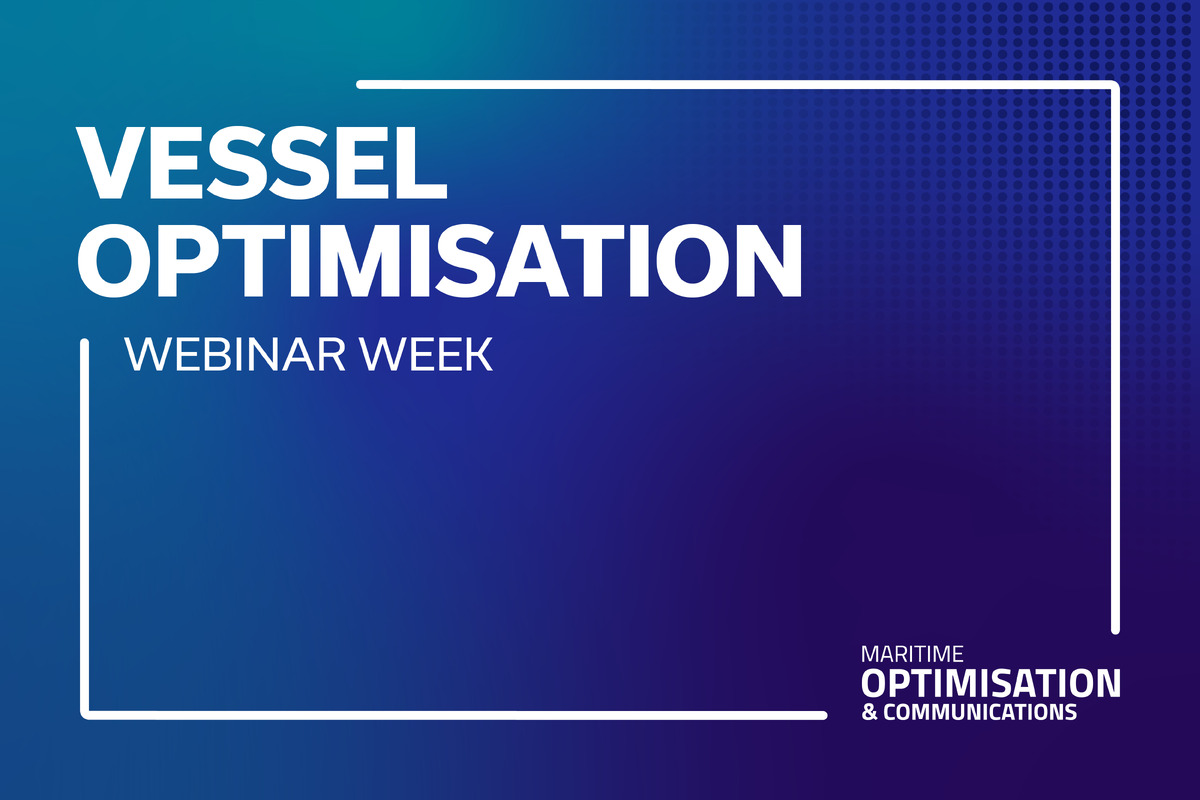Business Sectors
Events
Contents
Register to read more articles.
Maintenance and repairs shut-in LNG production in Norway and Australia
Repairs from a devastating fire will keep Western Europe’s largest LNG export facility offline for more than 18 months, while Australia’s LNG and LPG exports have been hampered by plant maintenance
At a time when natural gas supply is tight in Europe and Asia, LNG production from some of the sector’s most important export facilities in Norway and Australia have been hampered by maintenance and repair issues.
Norway’s Hammerfest LNG – Western Europe’s largest LNG export facility – has been out of service for ongoing repairs and maintenance ‘nonconformities’ since a catastrophic fire in September 2020. Officials at Equinor, the facility’s operator, do not think they will have it back in service until the end of March 2022. When up and running, Hammerfest LNG produces about 4.3 mta of LNG.
The 28 September 2020 fire damaged the Melkøya facility’s air intake on one of the plant’s five power turbines, while large amounts of seawater used to extinguish the blaze damaged electrical equipment, cables and other auxiliary systems in the plant.
More than 70,000 equipment components were potentially exposed to seawater during the firefighting, according to Equinor. Besides systematically checking all of these components, Equinor will have to replace more than 180 km of electric cable that connect to the facility’s power station, where the fire started. Major equipment components, including several compressors, had to be removed from the plant and sent to the supplier for repair.
Serious breaches
What is troubling about the fire is that a week prior to the incident, Norway’s safety watchdog, the Petroleum Safety Authority Norway (PSA), conducted an audit regarding major accidents and electrical installations at Hammerfest LNG. The audit turned up ‘serious breaches’ to regulations relating to the handling of previously identified nonconformities at the plant.
PSA was conducting the audit to check regulatory compliance, examining how major accidents, electrical safety and Covid-19 were being addressed by Equinor.
Additionally, the audit was following onto a 2019 major accident audit by the Norwegian Industrial Safety and Security Organisation, and the 2017 audit of electrical installations at Hammerfest LNG. Nonconformities identified concerned door monitoring in electrical distribution substations, emergency lighting and the handling of nonconformities themselves. Further, improvements were sought on electrical installations – technical conditions and routines for temporary equipment.
“The audit turned up serious breaches to regulations”
Equinor lacked a systematic approach to utilising and implementing the handling of nonconformities – both those identified earlier by the PSA and the company itself, according to the PSA. It found in part that several nonconformities earlier noted by the PSA had not been corrected or followed up on by Equinor.
PSA’s 2020 audit identified five nonconformities and two conditions categorised as ‘improvement points’.
Once again, Equinor’s handling of nonconformities was identified, with the energy company failing to correct and follow-up on conditions previously identified by the PSA, as well as ones it identified.
Deficiencies were found in Equinor’s management of contributors to major accident risk at the plant; the responsible party lacked sufficient staffing and expertise in the technical department for the electrical and instrumentation disciplines. The deficient design of the emergency lighting system was noted, amid other deficiencies found in the oversight and handling of technical conditions in the field.
After the fire, original estimates indicated that repairs and maintenance corrections to the facility would require a year, with production restarting by 1 October 2021.
An audit by PSA this year between 26 April to 6 May turned up five nonconformities and two areas of improvement. These discrepancies again related to staffing and competence and facilitation and material handling and access, documentation of loading arms, the work premises of the scaffolding contractor and follow-up of expert control in the maintenance management system, SAP.
A fire on 2 December 2020 at Equinor’s methanol plant that caused by a steam turbine malfunction was also attributed to maintenance lapses. The fire, which shut the Tjeldbergodden facility for 12 weeks, “could have caused serious personal injury or death as well as substantial financial loss," according to PSA’s report, which cited “serious breaches of regulations.”
Maintenance issues impact exports
Ongoing maintenance issues at several Australian LNG plants have lowered the country’s LNG production and are expected to reduce LPG exports by 12% this year, according to Poten & Partners.
In its recent analysis, Poten & Partners said LNG exports have been lower in 2021 due to ongoing issues at Ichthys, Gorgon, Prelude FLNG, North West Shelf and Pluto LNG. As a result, LPG production was down 5% during H1 2021.
Poten & Partners said LPG exports from January to June were down 23% year-on-year from 2020, to about 1.0M tonnes due to the lower production, citing government statistics and available ship-tracking data. In 2020, LPG exports during the second half of the year were 1.4M tonnes, 39% higher than the volume of exports during H1 2021 and up 7% when compared to H1 2020.
Located off Darwin, Ichthys LNG produces 8.9 mta of LNG and around 1.65M tonnes of LPG annually. Gas volumes are initially processed on a semi-submersible platform before being transported to Blaydin Point via an 890 km sub-sea pipeline for further treatment onshore.
A total of 14 very-large gas carriers (VLGCs) loaded from the Ichthys terminal in H2 2021, compared to 17 vessels during the same period in 2020. The facility reported maintenance shutdowns at two of its trains for 35 days, starting 14 May this year. However, market sources indicated that the facility had a delayed start due to a technical issue. Altogether, Ichthys LNG facility shipped out 35 VLGC loads in calendar-year 2020.
“Ongoing maintenance issues at several Australian LNG plants have lowered the country’s LNG production”
Located on Barrow Island, Gorgon LNG produces about 15.6 mta. According to Australian Energy Market Operator (AEMO) and Chevron Australia, one-to-two trains of Gorgon LNG was down for 49 days, starting 26 April this year, while Wheatstone LNG’s one-to-two trains underwent maintenance works for 35 days, starting 4 April. Chevron’s Wheatstone LNG produces 8.9 mta. Additional maintenance shutdowns were also scheduled for Gorgon LNG and Wheatstone LNG in September and October.
AEMO reports one-half-to-one train of the coal seam gas-based APLNG facility in Queensland was down for five days earlier this year and was expected to undergo a planned shutdown for 35 days in July, and for a few days in the first half of October.
Another LNG project located on Curtis Island, a train at Queensland Curtis LNG project (12 mta), underwent maintenance shutdown in mid-June.
Prelude FLNG has been facing technical issues since it started commercial production. Prelude restarted on January 11 but went offline once again and cancelled some LNG cargoes, noted Poten & Partners. The FLNG was offline for most of 2020 due to technical issues. The facility did sell a cargo in June; however, production is still not optimised. Prelude is expected to increase Australia’s LPG production by 400,000 tonnes annually once it reaches its nameplate capacity.
The Australian government has recently lowered its expectations on LPG output and exports out to 2023 from previous estimates, due to the plant issues and low upstream production.
Related to this Story
Events
Offshore Support Journal Conference, Americas 2025
LNG Shipping & Terminals Conference 2025
Vessel Optimisation Webinar Week
© 2024 Riviera Maritime Media Ltd.
